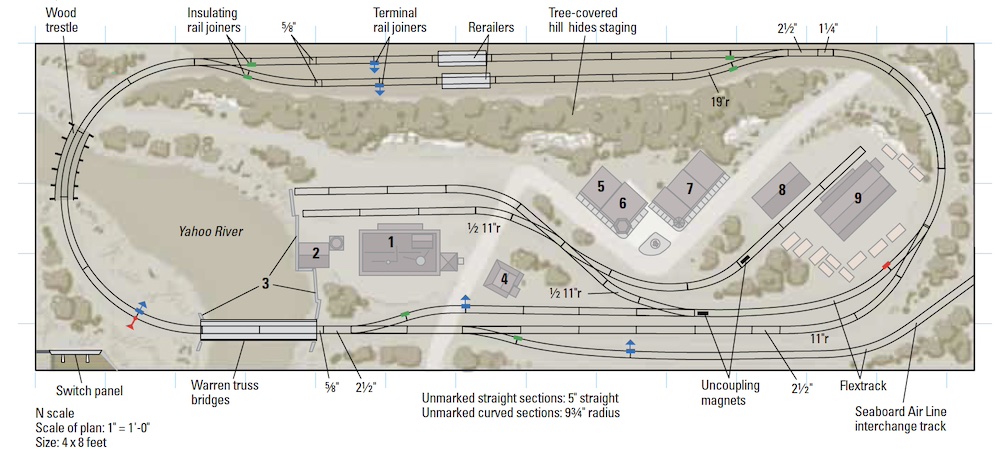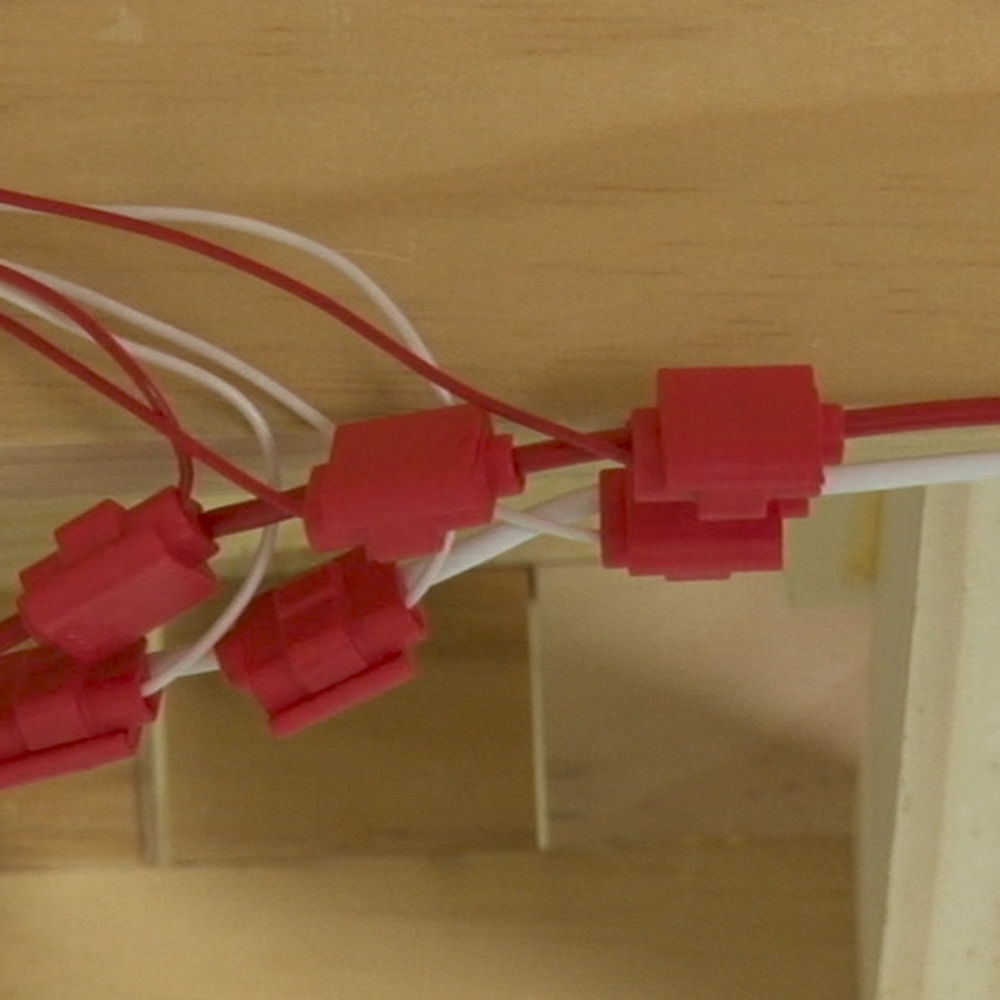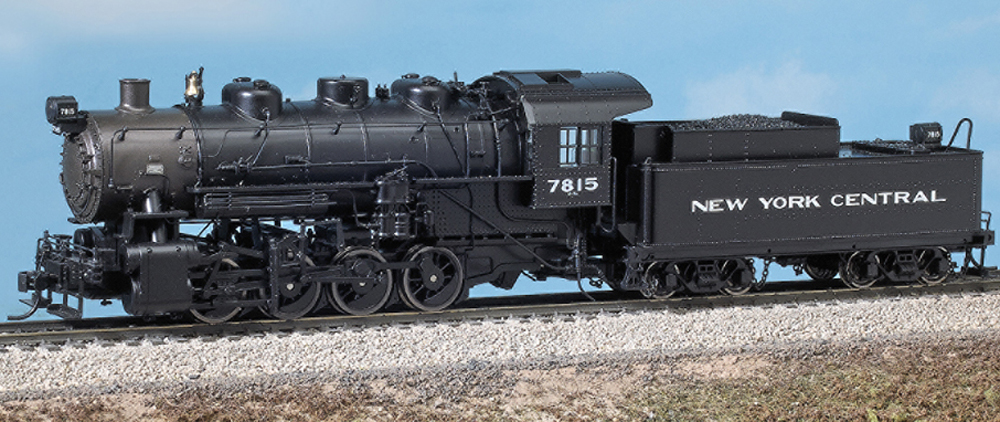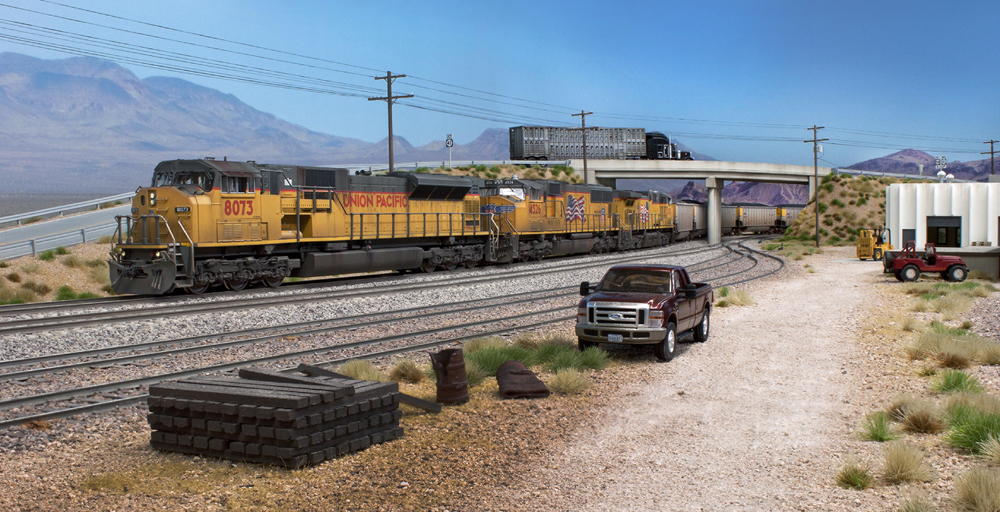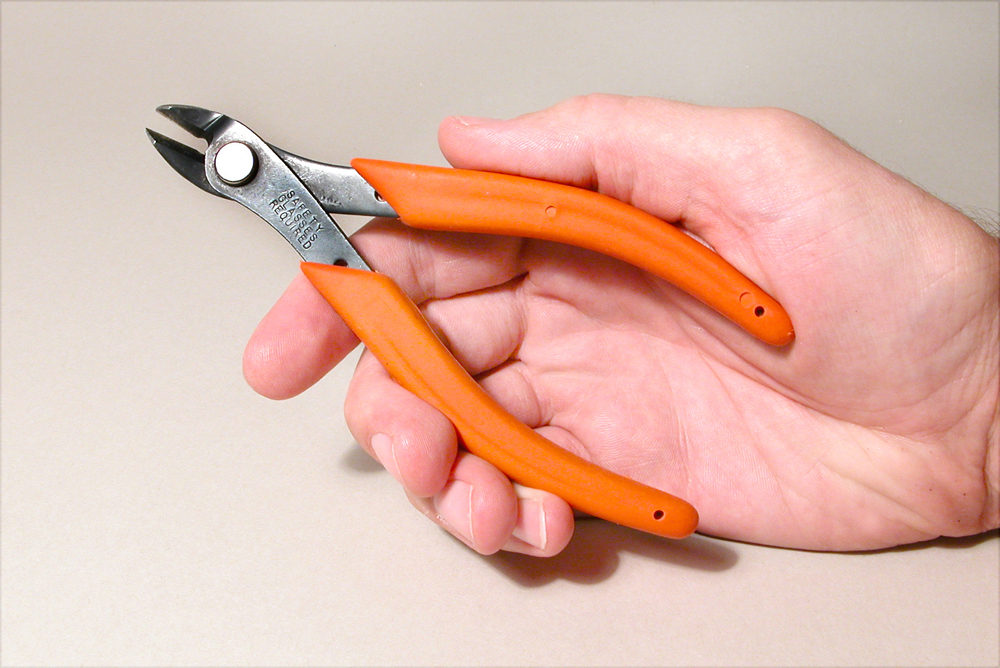
Q: Please explain how to tell the difference between horizontal and vertical cut rail nippers. — Dave Smith
A: To answer your question, I turned to a blog on the Xuron Corp. website. The well-known manufacturer of hobby tools, based in Saco, Maine, recommends using its 2175B track cutters on new installations. The tool, which is celebrating its 35th anniversary in 2024, is designed to cut code 100 and smaller nickel silver and brass rail in a top-to-bottom motion. It is semi-flush cutting, which means one side of the cut (to the back of the blade) will be smooth. Little, if any, clean-up work is required on the flush side of the cut. To get the best results, Xuron suggests placing the rail in the center of the jaws before making the cut.
The inside of the blade cuts in a diagonal profile, leaving that edge of the rail rough. There are a couple ways to fix this. The first, and fastest, is to turn the tool around and trim off the rough edge with the flush cutting side of the blade. Option two is to smooth the edge with a file. Use this approach with caution, though. The back-and-forth motion of the file may put enough force on the rail that it breaks the delicate plastic spikes that hold it in place.
Xuron’s 2175M vertical cutter is designed to cut track that’s already been installed on a model railroad. It features a rounded nose, which protects the ties and roadbed below while the rail is being cut. Some touch-up with a file may be required on both sides of the cut. The 2175M vertical cutter is also compatible with code 100 and smaller nickel silver and brass rail.
Per the manufacturer’s website, the 2175B and 2175M track cutters are not designed for use with hard or nichrome wire. Both cutters feature soft rubber hand grips.
For more tips on working with track, check out the second edition of Jeff Wilson’s book Basic Trackwork for Model Railroaders. You can purchase the title online at shop.trains.com.
Send us your questions
Have a question about full-size trains, model trains, or toy trains? Send it to AskTrains@Trains.com.






